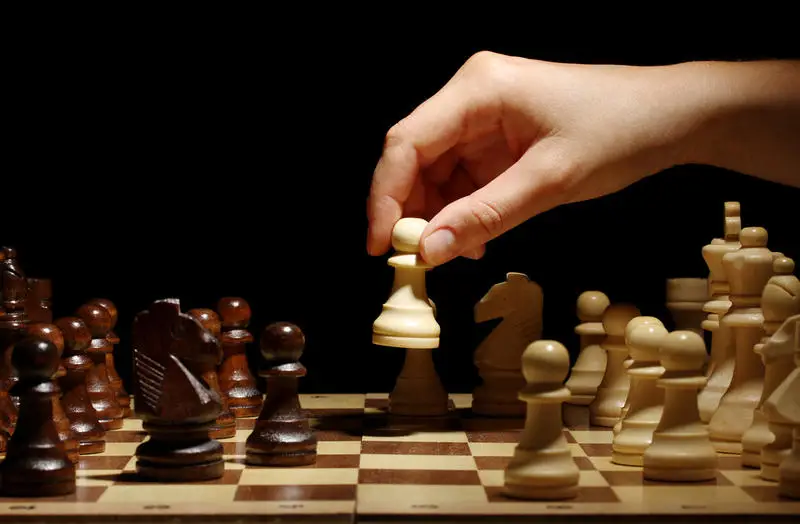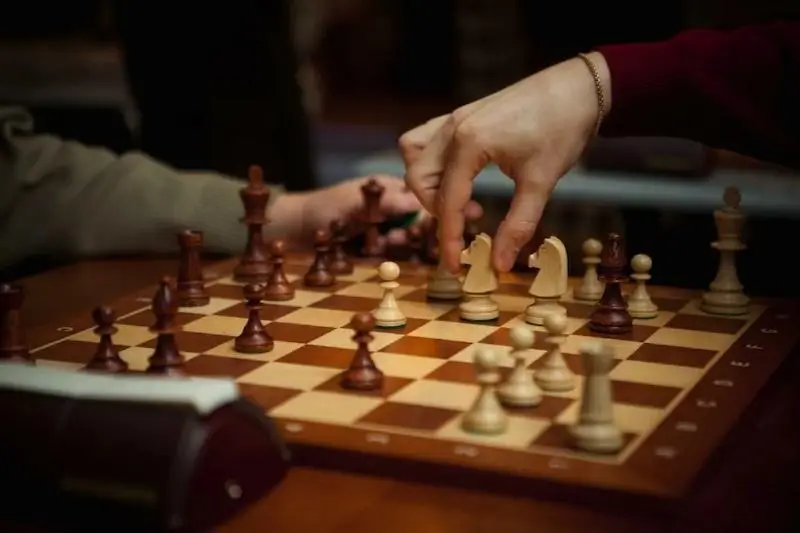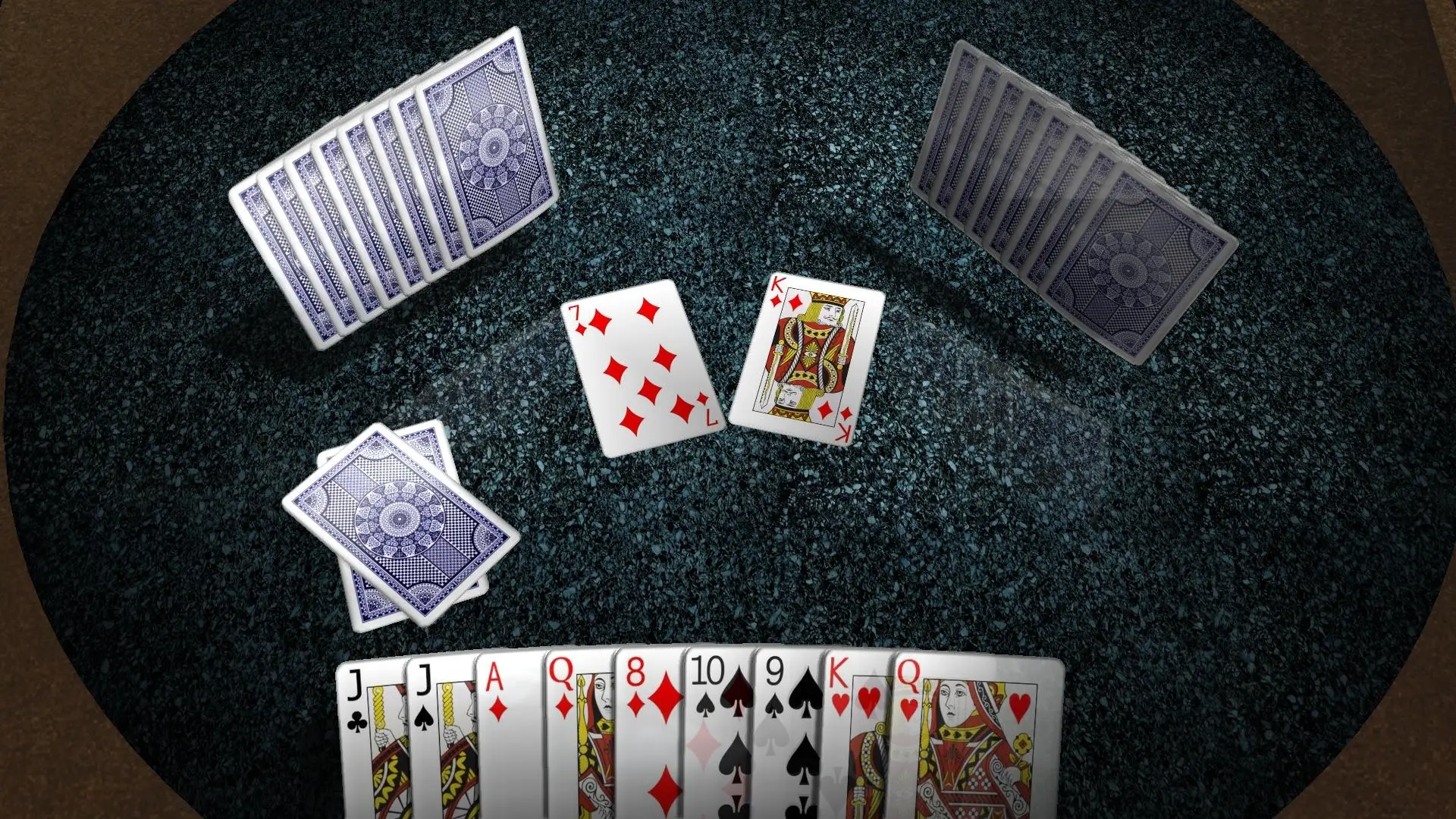Chess has grown from an elite game to become part of the arsenal of tools for developing analytical thinking, concentration, and strategic planning. Mastering the process requires a systematic approach, with every move explained by logic rather than intuition. Learning chess from scratch means developing the ability to make decisions based on position and piece possibilities and the understanding that even a single pawn can change the game.
Learning starts with a visual orientation. Understanding structure is the first fundamental step in learning to play chess from scratch. A chessboard, with field names sets up a coordinate system in which each field has an alphanumeric designation: a1 to h8.
The verticals are denoted by letters from a to h, the horizontals by numbers from 1 to 8. The diagonals operate on the diagonal principle and define the bishop’s zones of influence. The arrangement of the pieces always starts with the white pieces at the bottom of the board: the rooks are placed in the corners. They are followed by the horses, the bishops, and, in the middle, the queen (in the colour of her field) and the king. The correct orientation of the board is the white square at the bottom right. A mistake at this point leads to incorrect teaching and a completely different perception of the game.
 Mastering terminology helps to recognise scenarios, analyse the position quickly and understand the coach’s commands. Anyone who wants to learn chess from scratch should learn the basic vocabulary and the structure of the rules.
Mastering terminology helps to recognise scenarios, analyse the position quickly and understand the coach’s commands. Anyone who wants to learn chess from scratch should learn the basic vocabulary and the structure of the rules.
Basic chess terms:
Before starting a game, you need to remember how the pieces move. The mechanism of the pieces determines the logic of the whole game and is the basis for learning to play chess from scratch.

Dynamics and value of the pieces
Understanding the value of the pieces helps build the logic of sacrifice: pawn = 1, knight/bishop ≈ 3, rook = 5, queen = 9. The king is priceless: losing leads to losing.
Mastering the opening phase has a critical influence on the whole course of the game. An early error complicates development, weakens positions and opens direct lines of attack. Learning to play chess from scratch means building an action sequence: eliminate the light pieces, protect the king, capture the centre.
Beginners are advised to use universal solutions such as:
Each opening requires practice over dozens of games, as even an inconspicuous mistake (such as an early queen exit) can lead to losing the initiative.
In the early stages of learning to play chess from scratch, it is more important to learn to avoid mistakes than to attack. Beginners’ main problems are predictable: eliminating these habits speeds up growth by half.
Typical mistakes:
After you have mastered the basic rules, it is important to consolidate your knowledge through regular practice and structured exercises. Learning to play chess from scratch requires introducing discipline and systematic work with the materials. Simple lifehacks, tried and tested by many grandmasters, help build a learning path without chaos and randomness.

Mechanics for accelerated growth:
This approach consolidates skills and accelerates thinking. Advice to novice chess players always starts with a simple one: don’t think about winning, think about the position.
Playing aggressively and attacking is not enough. You need to know how to defend, keep your balance and control diagonals and open lines. Experience shows that a good defence wins more often than a sloppy attack.
Examples of defending:
The tactics require thinking two and three moves ahead. Learning it from scratch means playing chess at a competitive level.
Once the basics are in place, it is necessary to move on to professional training. Practising independently without correction leads to consolidation of mistakes.
Selection criteria:
The coach is not a guru, but an architect of chess thinking. His job is to shape strategic behaviour in unstable positions.
 Learning to play chess from scratch not only provides structure on the board, but also in your thinking. Building sequences, making decisions under pressure, analysing alternatives: all these qualities are shaped by games. Every pawn is an idea, the move is a choice, the endgame is a consequence of precision. Only systemic development, constant practice and working with mistakes produce results.
Learning to play chess from scratch not only provides structure on the board, but also in your thinking. Building sequences, making decisions under pressure, analysing alternatives: all these qualities are shaped by games. Every pawn is an idea, the move is a choice, the endgame is a consequence of precision. Only systemic development, constant practice and working with mistakes produce results.

Scat is not just another card game, but a popular cultural phenomenon among lovers of intellectual entertainment. Its origins date back to German lands in the early 19th century and today the format has captured the hearts of many, making it one of the most popular card sports. In this article, we look at everything …
Since 2009, strict restrictions on gambling have been in place in the country. According to Federal Law No. 244-FZ of December 29, 2006, gambling can only be conducted in specially designated regions. The main gambling zones in Russia were created to legalize gambling, ensure player safety, and stimulate regional tourism. Legislative framework and geography of …